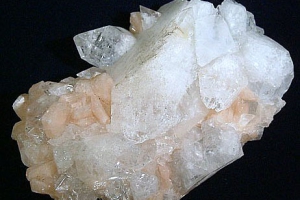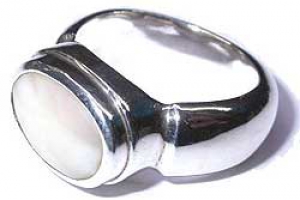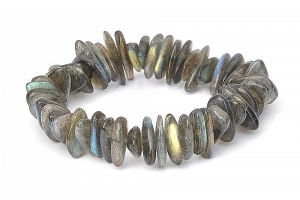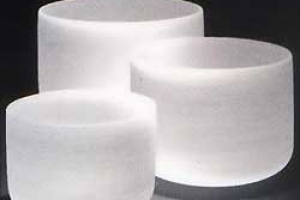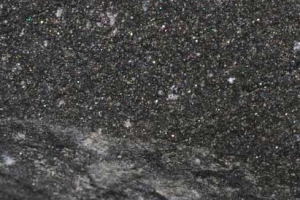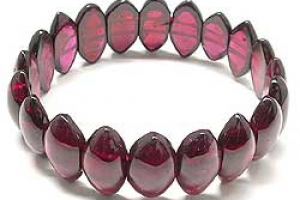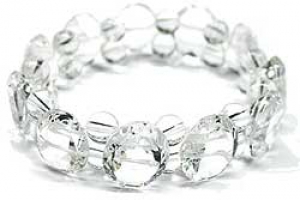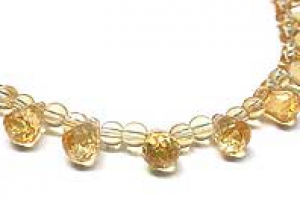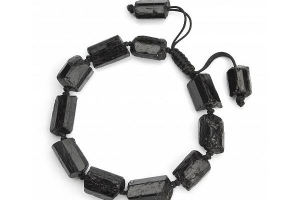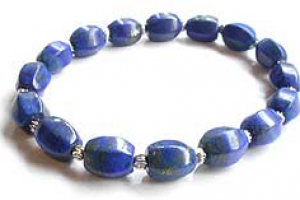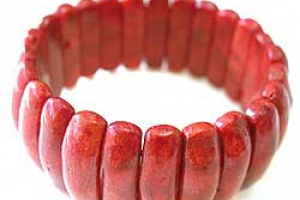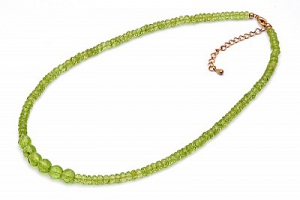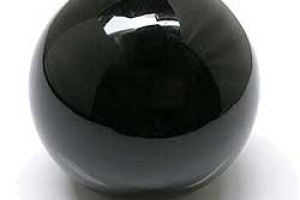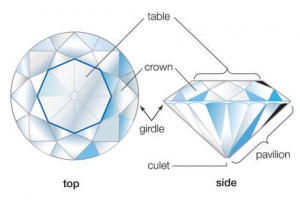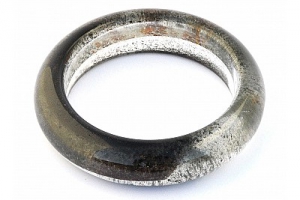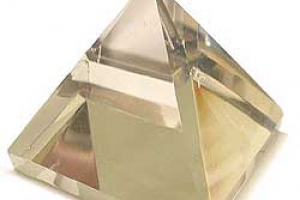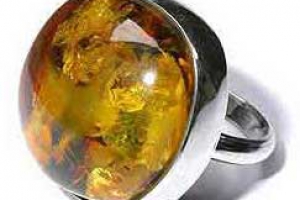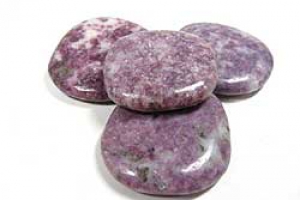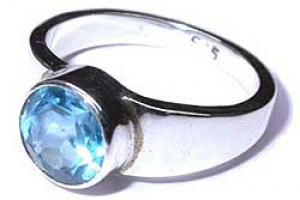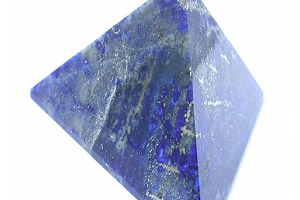Emerald
A Capricious Gemstone
The good hardness may well protect Emeralds from scratches to some extent, but its brittle structure and the many fissures can make cutting, setting and cleaning the stone somewhat problematic. Cutting Emeralds always means a new challenge even for experienced cutters, on the one hand because of the high value of the rough crystal involved, on the other hand because of the frequent inclusions. But this does not diminish their fascination with the unique gemstone. They have developed a special cut, especially for Emeralds: the so-called emerald-cut. The clear design of the rectangular or square cut with its bevelled edges underlines the beauty of the valuable gemstone perfectly, while at the same time offering protection from mechanical strain. Emeralds, however, are also cut in many other, usually classical shapes. But if the raw material is veined by a multitude of inclusions, it is often cut as softly rounded cabochon or as Emerald pearls, which are especially popular in India.
Many Emeralds today are treated with oils or natural resins. This is customary in the trade, but it has the effect that the green jewels react often quite sensitively to in-expert treatment. For example, they must not be cleaned ultrasonically. The substances used by the cutter in the process of cutting or applied subsequently seal the fine openings on the surface of the gemstone and these would be removed in the course of such a cleaning procedure - resulting in a rather matted gemstone. Therefore Emerald rings should always be removed before the hands are immersed in any kind of detergent.
A Question of Trust
As Emerald is not only one of the most beautiful gemstones, but also one of the most valuable ones, there are unfortunately a multitude of syntheses and imitations. How can you feel safe that you do not fall for one of these impostors? The best strategy here is to buy your gemstone from an expert of your trust. Especially larger emeralds should only be purchased with an accompanying certificate provided by a renowned gemmological institute, where modern methods of analysis will be employed to assess a stone and separate natural from synthetic Emeralds, and where you will be informed about any treatments the stone was subjected to that you should know about.
And now a last piece of advice for buying Emeralds: other than diamonds, which show their sparkling brilliance even in sizes below one carat, a coloured gemstone should be preferred in larger sizes. There does exist beautiful jewellery set with smaller coloured stones as decorative accents, but Emeralds like other coloured gemstones will best display their brilliance in larger dimensions. How big your perfect Emerald should be - this depends on your personal preferences and also on your purse. Really big Emeralds of good quality are rare. In these cases the price for an Emerald of top quality will be higher than the price for an equally large diamond of the same weight. After all - Emerald is a gemstone with a unique fascination.
- Previous Page
- Next






